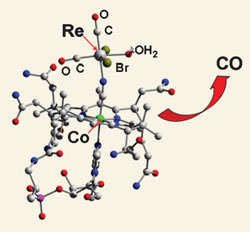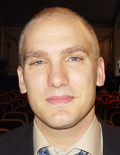This month sees the following articles in Dalton Transactions that are in the top ten most accessed:-
Synthesis and bio-functionalization of magnetic nanoparticles for medical diagnosis and treatment
Thomas D. Schladt, Kerstin Schneider, Hansjörg Schild and Wolfgang Tremel
Dalton Trans., 2011, 40, 6315-6343 DOI: 10.1039/C0DT00689K
From molecules to materials: Molecular paddle-wheel synthons of macromolecules, cage compounds and metal–organic frameworks
Mathias Köberl, Mirza Cokoja, Wolfgang A. Herrmann and Fritz E. Kühn
Dalton Trans., 2011, 40, 6834-6859 DOI: 10.1039/C0DT01722A
Artificial photosynthesis: semiconductor photocatalytic fixation of CO2 to afford higher organic compounds
Michael R. Hoffmann, John A. Moss and Marc M. Baum
Dalton Trans., 2011, 40, 5151-5158 DOI: 10.1039/C0DT01777A
The first porous MOF with photoswitchable linker molecules
Antje Modrow, Dordaneh Zargarani, Rainer Herges and Norbert Stock
Dalton Trans., 2011, 40, 4217-4222 DOI: 10.1039/C0DT01629B
Organometallic frustrated Lewis pair chemistry
Gerhard Erker
Dalton Trans., 2011, 40, 7475-7483 DOI: 10.1039/C1DT10152H
Laboratory-based separation techniques for insoluble compound mixtures: methods for the purification of metal–organic framework materials
Tony D. Keene, Daniel J. Price and Cameron J. Kepert
Dalton Trans., 2011, 40, 7122-7126 DOI: 10.1039/C1DT10251F
Contributions of inorganic chemistry to energy research
Duncan Wass and Neil Robertson
Dalton Trans., 2011, 40, 3775-3776 DOI: 10.1039/C1DT90027G
Chemistry and applications of organotin(iv) complexes of Schiff bases
Mala Nath and Pramendra K. Saini
Dalton Trans., 2011, 40, 7077-7121 DOI: 10.1039/C0DT01426E
Delineating similarities and dissimilarities in the use of metal organic frameworks and zeolites as heterogeneous catalysts for organic reactions
Amarajothi Dhakshinamoorthy, Mercedes Alvaro, Avelino Corma and Hermenegildo Garcia
Dalton Trans., 2011, 40, 6344-6360 DOI: 10.1039/C1DT10354G
Effect of NH2 and CF3 functionalization on the hydrogen sorption properties of MOFs
Claudia Zlotea, Delphine Phanon, Matjaz Mazaj, Daniela Heurtaux, Vincent Guillerm, Christian Serre, Patricia Horcajada, Thomas Devic, Emmanuel Magnier, Fermin Cuevas, Gérard Férey, Philip L. Llewellyn and Michel Latroche
Dalton Trans., 2011, 40, 4879-4881 DOI: 10.1039/C1DT10115C
Why not take a look at the articles today and blog your thoughts and comments below.
Fancy submitting an article to Dalton Transactions? Then why not submit to us today or alternatively email us your suggestions.
 nsactions International Symposium on Bioinorganic Chemistry will be held in Japan in November.
nsactions International Symposium on Bioinorganic Chemistry will be held in Japan in November.


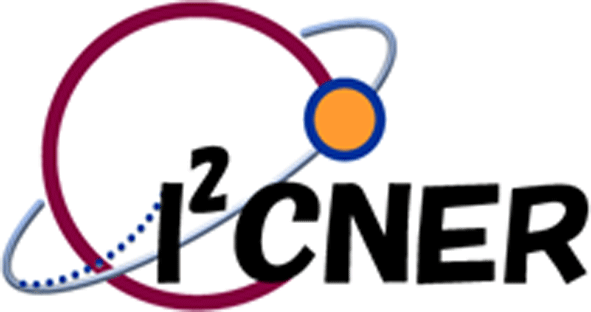










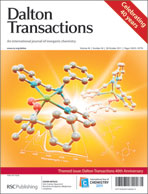
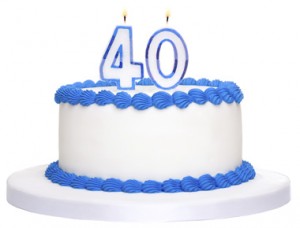
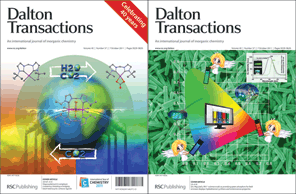 Check out the latest cover artwork for
Check out the latest cover artwork for 

